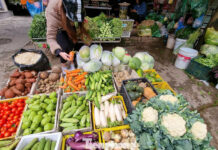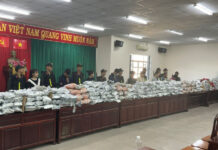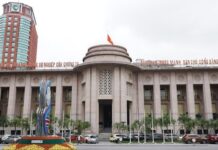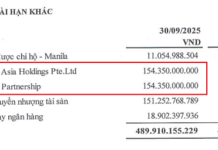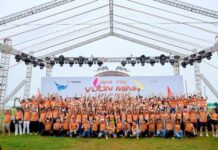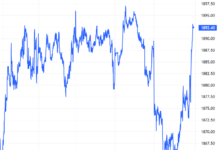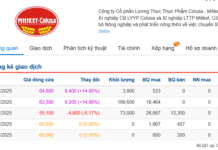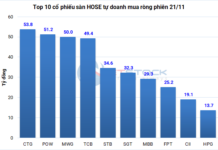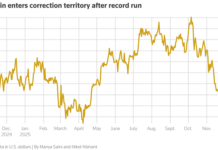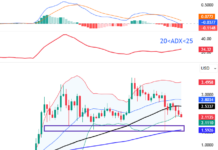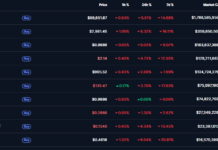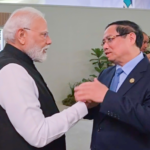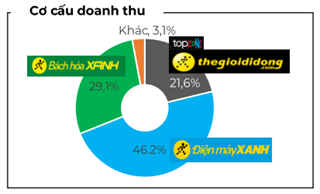Similar to other industries, Vietnam’s textile and garment exports in the early months of 2024 have improved compared to 2023. However, the textile and garment industry has yet to fully recover to its peak as in previous years.
Providing specific information about the recovery of textile and garment exports, Mr. Tran Nhu Tung, Vice Chairman of the Vietnam Textile and Apparel Association (VITAS), said: In the first quarter of 2024, textile and garment exports reached approximately $9.5 billion, a 9.6% increase compared to the same period in 2023. This is a positive sign because textile and garment businesses have more orders than last year.
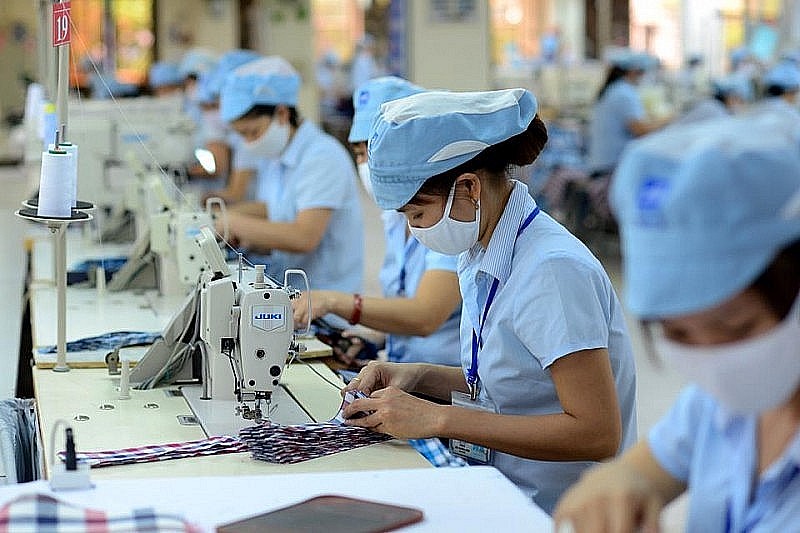
Despite this, businesses are also facing new challenges. The price of orders has not increased, while logistics costs, specifically ocean freight costs, have been continuously rising in recent times. This has led to customers requesting that Vietnamese businesses share part of the shipping costs, significantly impacting the businesses’ profits.
Mr. Tran Nhu Tung further stated that Vietnam’s textile and garment exports are currently ranked in the top 3 globally, after China and Bangladesh, but we are also facing immense competitive pressure.
Bangladesh is currently ranked second in the world. Their advantages are labor and Bangladesh’s tax policies, which offer incentives for textile and garment businesses.
And the first position belongs to China. Each year, this country exports over $300 billion worth (8 times more than Vietnam, which is only around $40.3 billion).
“We cannot compete with businesses in Bangladesh because the labor costs there are currently lower than in Vietnam. However, Vietnam is not looking at Bangladesh; we are looking up to China to strive for,” said Mr. Tung.
To increase the competitiveness of Vietnamese textile and garment products and boost exports, Mr. Tung believes that the only way is to create higher value for the products. To achieve this, Vietnamese businesses cannot produce the same items that other countries can. For example, Bangladesh is producing simple items because their labor costs are low, and Vietnam should not compete in this way. Our approach is to increase the value of products by investing in machinery, equipment, human resources, and materials.
One point to note, according to Mr. Tung, is the trend of greening textile and garment products. Currently, in many markets, especially in Europe and Japan, new requirements have been introduced for textile and garment products – namely, green standards. “How do we achieve green products? This means that factories must meet ESG standards, use solar energy, reduce wastewater, and obtain carbon certificates,” said Mr. Tung, who emphasized: The textile and garment industry is facing dual pressure due to rising costs, with customers demanding greener and cleaner products but not accepting price increases.
However, this is the global “rule of the game,” and businesses have no choice but to change themselves to adapt to the new requirements. “Since this is a global competition, businesses must invest in solar energy, reduce the cost of wastewater treatment systems, and use recycled and renewable materials to have the opportunity to export to markets, especially Europe,” said Mr. Tung.



